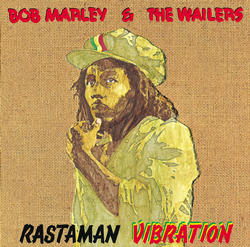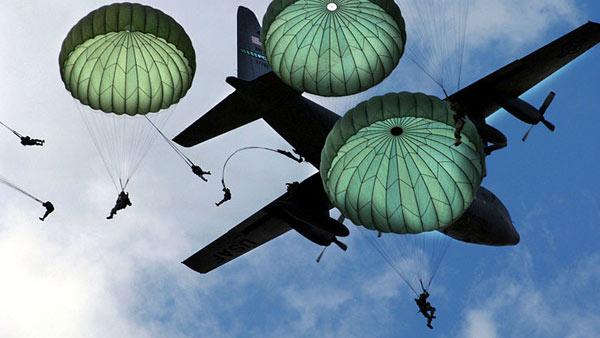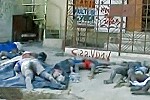air jamaica and the jamaican dollar
 Sunday, February 21, 2010 at 08:20PM
Sunday, February 21, 2010 at 08:20PM
 “…JALPA (Jamaica Airlines Pilots Association) has accepted that there would be no recourse to government financing. The risks to be borne, therefore, would be theirs and any investors, including participating staff, or lenders they are able to secure. However, the government's efforts to divest Air Jamaica are driven by two important considerations:
“…JALPA (Jamaica Airlines Pilots Association) has accepted that there would be no recourse to government financing. The risks to be borne, therefore, would be theirs and any investors, including participating staff, or lenders they are able to secure. However, the government's efforts to divest Air Jamaica are driven by two important considerations:
(1) The necessity to relieve the public purse of the burdensome losses being sustained;
(2) The need to ensure continued operation of the routes that are of strategic value to the economy.
The insistence in retaining the airline in Jamaican ownership, desirable and patriotic though that might be, does not take precedence over these two fundamental considerations and cannot be pursued at any cost or regardless of the risk to the Jamaican economy.”
Prime Minister Bruce Golding of Jamaica
Jamaica’s financial economic infrastructure is just as fragile as the Haitian civil infrastructure was before the great earthquake. Jamaica is under an economic siege, just look at the value of the Jamaican dollar. The eminent sale of Air Jamaica is causing a nationalistic hew and cry as the proposed sale to Trinidad and Tobago may soon “come to bump.” Understandably, many of the Jamaican people are up in arms about the possible sale since so many of the island’s companies have been sold to Trinidad & Tobago, creating an atmosphere of a “Trinidadian invasion” of sorts. Yet, the most telling portion of the above quote by Prime Minister Golding is this simple fact that “… cannot be pursued at any cost or regardless of the risk to the Jamaican economy.”
The Jamaican economy here is the issue. As of today, the Jamaican dollar is J$87.50 to one U.S. dollar, in comparison to Barbados at $1.99 to one U.S. dollar, Trinidad $6.21, the former Jamaican dependency Cayman Islands ahead of the U.S. dollar $0.81, and Bahamas ahead at $0.99 to the U.S. dollar. This in and of itself tells a story of the Jamaican economy. The inflated Jamaican dollar makes it quite profitable for other nations to seek to buy Jamaican businesses, and in turn makes it really profitable for Jamaican businesses to yearn to and sell making a windfall in profit while unloading a liability as the Jamaican dollar hangs in a tailspin of inflation. We have to consider how ridiculous it sounds to pay J$200 for a loaf of bread. The sound alone should signal that something is drastically wrong.
For years the Jamaican dollar has been on a decline in buying power for her denizens. The following is from the Jamaica Gleaner February 21, 2010.
Jamaican dollar values 2000 to 2009
2000 USD $1.00=J$43.08
2001 USD$1.00 = J$46.08
2002 USD$1.00 = J$48.54
2003 USD$1.00 = J$57.93
2004 USD$1.00 = J$61.34
2005 USD$1.00 = J$62.50
2006 USD$1.00 = J$65.88
2007 USD$1.00 = J$69.06
2008 USD$1.00 = J$72.92
2009 USD $1.00 = J$89.00
(2010 USD $1.00= J$87.50)
This alone should be the impetus for the hew and cry of the Jamaican people and not the sale of it’s businesses. Prime Minister Golding is well aware of this failing of the Jamaican dollar thus encouraging the sale of Air Jamaica under the auspices of relieving the people of further financial burdens. However, as with most citizens of any nation, the pangs of losing a symbol of national pride is where the death wailing emmenates. Sadly, the people rarely look behind the scenes to the root causes and only lament the symptoms.
This very same attack on the U.S. dollar is under way as we see prices going up (really the USD is worth-less), and in fact there are fewer products on the shelves in many grocery stores here. The ramifications of the dying U.S. dollar spills over to her island neighbors and entices them to copulate with her in her drunken orgy of financial mismanagement by taking more IMF loans and funding.
“The people pay the price for the government’s stupid mistakes…” - Sizzla, Chant Dem Down


 I found this gem on the
I found this gem on the 